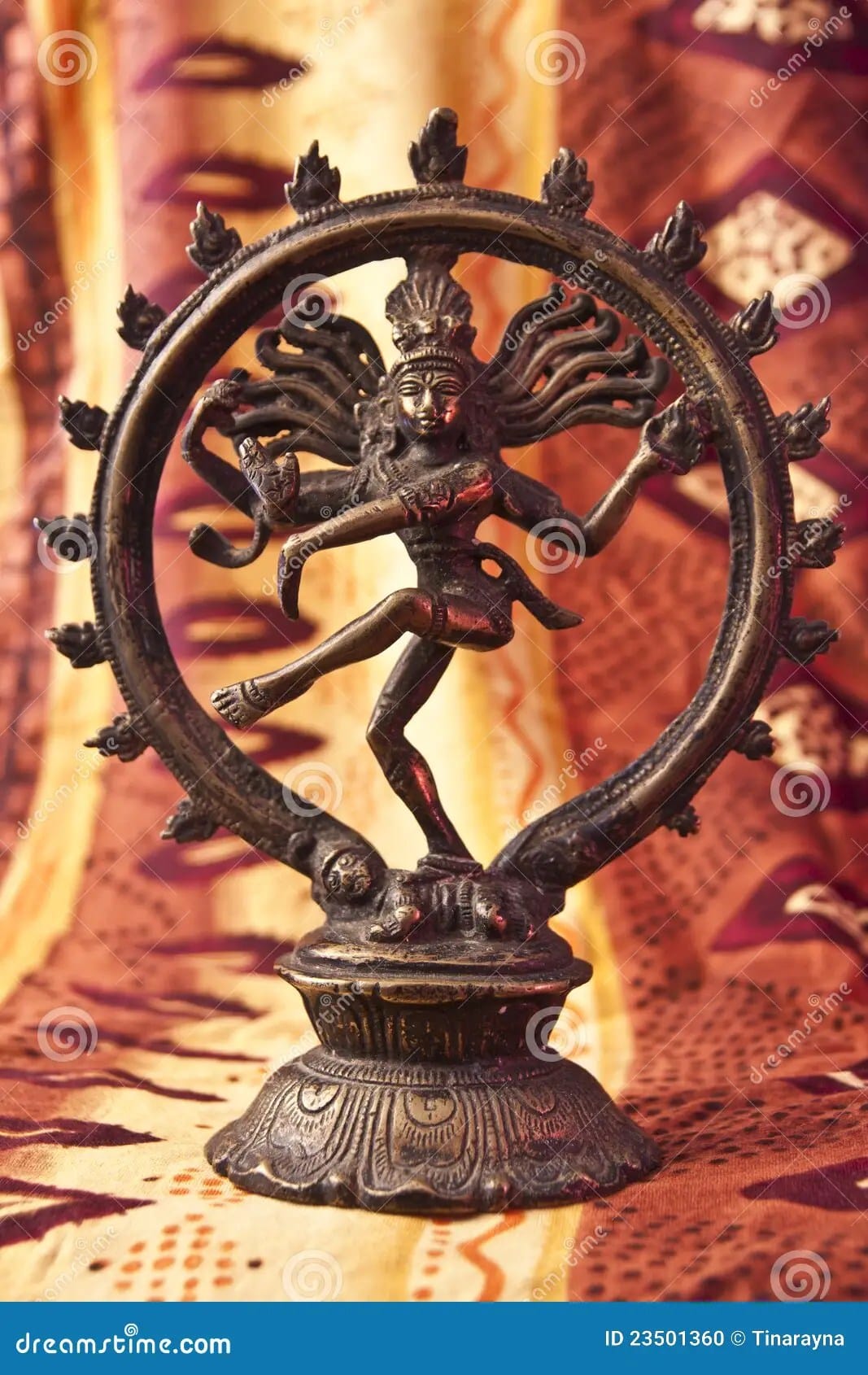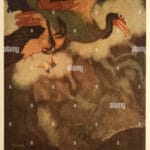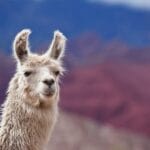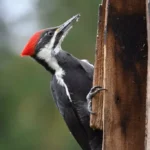Dive into the magical world of Diosa Shiva Baile, a captivating dance that’s like a glimpse into the universe. Attributed to the powerful god Shiva, this dance isn’t just about fancy moves but about the rhythm of everything coming to life and then disappearing. As we explore its roots, meaning, and how it’s shaped cultures, we’ll uncover a beautiful message that speaks to our very souls.
The Divine Beat of Creation and Destruction
Ever heard of a dance that speaks of the universe’s deepest secrets? That’s what the diosa shiva baile is all about. Picture this: a dance so powerful, so mesmerizing, that it captures the very essence of life and death, creation and destruction, all rolled into one breathtaking spectacle.
We usually think of Shiva as a male god, but this dance throws that idea right out the window. It’s like the universe reminding us that you can’t have one without the other – just like you can’t have light without shadow, you can’t have masculine energy without feminine energy. And who better to represent this beautiful balance than Shakti, Shiva’s eternal partner? It’s through her energy that this dance truly comes alive.
Now, let’s talk about Nataraja, the cosmic dancer. Imagine him with fire blazing all around, every move telling a story. That ring of fire? That’s the never-ending cycle of birth, death, and rebirth we’re all part of. And with one leg lifted, it’s like Shiva’s showing us that there’s a way to break free from this cycle and reach a higher state of being. But don’t forget the drum! That beat, that rhythm – that’s the very pulse of creation itself.
A Dance for Everyone
But here’s where it gets even more interesting: diosa shiva baile isn’t just about symbolism and ancient stories. It’s an invitation to move, to feel, to connect with something bigger than ourselves. And guess what? You don’t have to be a trained dancer to feel the power of this dance.
Today, people from all walks of life are discovering the magic of diosa shiva baile. Some see it as a way to explore the different energies within themselves, breaking free from old ideas of what it means to be masculine or feminine. Others use it as a form of meditation, a way to tap into their inner strength and creativity.
The beauty of this dance is that it speaks to each of us differently. It’s a journey of self-discovery, a celebration of life’s ever-changing dance. So why not give it a try? You might be surprised by what you discover within yourself.
Unveiling the Mysteries of Shiva’s Dance
Let’s embark on a journey to understand the profound symbolism behind Shiva’s dance, a concept deeply rooted in Hindu mythology.
Deciphering the Cosmic Choreography
Imagine Shiva, not as a static figure, but in perpetual motion, engaged in a cosmic dance that Hindus call “Nataraja.” This dance is not mere entertainment; it embodies the ever-changing universe, where creation, preservation, and destruction intertwine in an eternal dance.
Each element of this divine dance, from Shiva’s posture to the objects surrounding him, pulsates with symbolism. For instance, the small drum, or “damaru,” held in one of his hands, evokes the primordial sound of creation, the very heartbeat of the universe from which everything originates.
But creation cannot exist without its counterpart, destruction, represented by the fire that Shiva holds in another hand. Far from being negative, fire here symbolizes necessary purification, the elimination of the old to make way for the new.
And amidst this interplay of opposing forces, Shiva dances. One foot is firmly planted on the ground, symbolizing our reality, while the other foot is raised, representing liberation from the endless cycle of birth and death, a goal to which Hindus aspire.
Beneath this raised foot, you might notice the figure of a small demon named “Apasmara,” who personifies ignorance and ego, the main obstacles on the path to enlightenment. By keeping Apasmara subdued, Shiva shows us that spiritual liberation is possible if we can master these negative forces within ourselves.
The circle of fire surrounding Shiva represents the endless cycle of creation and destruction, the constant flow of time and cosmic energy reflected in the universe’s perpetual motion.
It’s important to note that Shiva’s dance is not merely an ancient myth confined to temples. Its symbolism transcends religion and speaks to the very nature of life, with its cycles of constant change. It reminds us that change is inevitable, that nothing remains static, and that the key lies in accepting and flowing with these transformations.
This cosmic dance also inspires spiritual practices like yoga and meditation. By connecting with the energy represented by Shiva, we can delve within ourselves and find peace amidst chaos, remembering that, like Shiva’s dance, life is a continuous flow, a balance between opposing forces where destruction is not the end but the prelude to a new beginning.
A Language Beyond Words
Moving deeper, let’s consider Shiva’s dance, also known as Tandava, not just as movement but as a symbolic language. It’s as if the universe itself is communicating:
- Creation and Destruction in Harmony: One hand holds a drum, the vibrant sound of creation. The other, a flame consuming all, representing destruction. Fear not, for this is not a terrifying end but a new beginning, like a phoenix rising from ashes.
- A Protective Embrace in Chaos: Amidst this whirlwind of creation and destruction, Shiva offers protection with his hand. It’s like he’s telling us, “Peace, I am here.” Life, with its ups and downs, continues under his watchful gaze.
- A Path to Liberation: Notice that one of Shiva’s feet is raised. This foot points to a path, a possibility: liberation from the endless cycle of birth and death. It’s the promise of something beyond our imagination.
- The Rhythm of the Universe: Shiva’s drum doesn’t just create; it sets a rhythm, a universal heartbeat. It’s a reminder that we are all part of a cosmic dance far grander than ourselves.
Reflecting Our Inner Selves
But Shiva’s dance doesn’t remain solely on the cosmic plane; it also resonates deep within us:
- Accepting the Ephemeral: The dance reminds us that nothing is permanent, everything flows and changes constantly. Our emotions, relationships, even our physical bodies are in constant transformation.
- Embracing Change Without Fear: Instead of resisting this constant change, Shiva invites us to accept it, to flow with it. In acceptance, we find inner peace.
- A Journey Toward the Light: Ultimately, Shiva’s dance speaks of a journey, our own, toward spiritual enlightenment. A journey that leads us to connect with our deepest essence and find true freedom.
A Legacy Enduring
Although Shiva’s dance has ancient roots, its influence persists today, inspiring artists, thinkers, and spiritual seekers:
- A Wellspring of Creativity: Painters, sculptors, musicians—all find in Shiva’s dance an endless source of inspiration. The dance’s vibrant energy translates into works of art that touch us and make us ponder.
- A Path of Spiritual Practice: For some, Shiva’s dance is not just a symbol but a spiritual practice in itself. Through bodily movements, they seek to connect with divine energy and achieve higher states of consciousness.
- A Reminder of Unity: In an increasingly individualistic world, Shiva’s dance reminds us that we are not alone. We are all interconnected, part of a whole, dancing to the rhythm of the same cosmic drum.
Shiva’s dance invites us to open our minds, look beyond the superficial, and connect with the essence of life. It’s a reminder that creation and destruction, joy and sorrow, are all part of an eternal and perfect cycle.
Key Points of Diosa Shiva Baile:
- Embodiment of cosmic creation and destruction: Captures the essence of life and death, creation and destruction.
- Androgynous nature: Represents the harmony of masculine and feminine energies, symbolized by Shiva and Shakti.
- Cosmic dancer Nataraja: Depicted with a blazing fire, representing the cycle of birth, death, and rebirth. One lifted leg signifies the potential for breaking free from this cycle.
- Pulse of creation: The drumbeat symbolizes the rhythm and pulse of creation.
- Personal connection: The dance is an invitation to move, feel, and connect with a higher power.
- Accessible to all: Not exclusive to trained dancers, it provides an opportunity for self-discovery and self-expression.
- Modern application: Used by various individuals to explore inner energies, break stereotypes, or practice meditation.
- Personal journey: The dance has different meanings and benefits for different participants, fostering self-discovery and the celebration of life’s ongoing dance.
Have you heard of the mythical bird from Arabian Nights? With its captivating tales, the Arabian Nights has been capturing the imagination of readers for centuries, and one of its most enduring characters is a mythical bird that is said to have magical powers.
- Unlock Elemental 2 Secrets: Actionable Insights Now - April 2, 2025
- Lot’s Wife’s Name: Unveiling the Mystery of Sodom’s Fall - April 2, 2025
- Photocell Sensors: A Complete Guide for Selection and Implementation - April 2, 2025

















1 thought on “Diosa Shiva Baile: Deciphering the Divine Rhythm of Creation and Destruction”
Comments are closed.